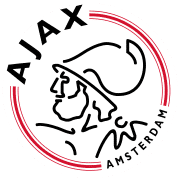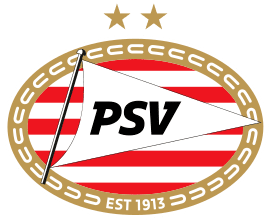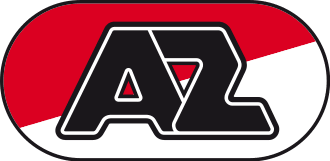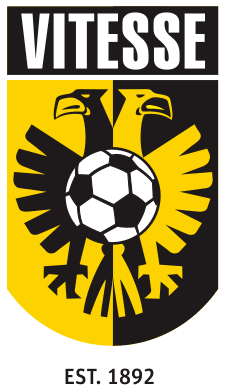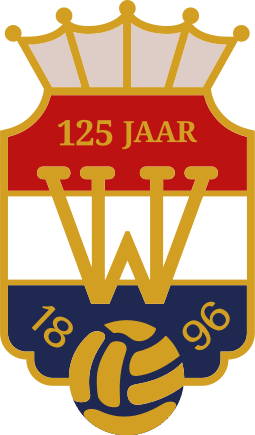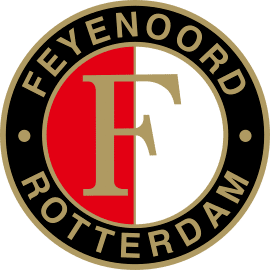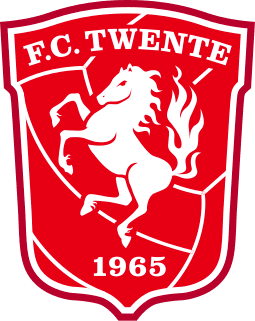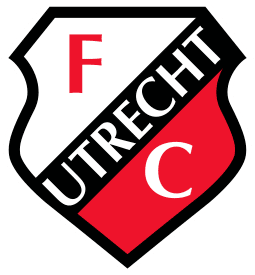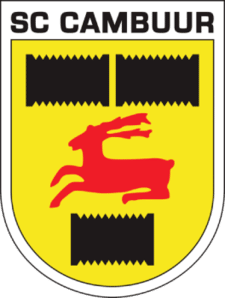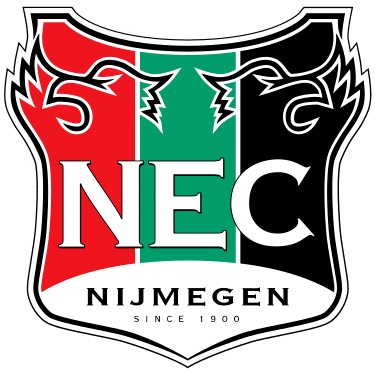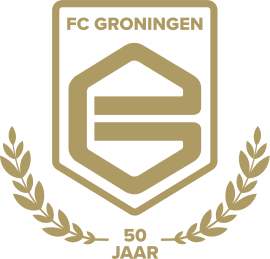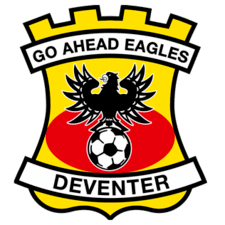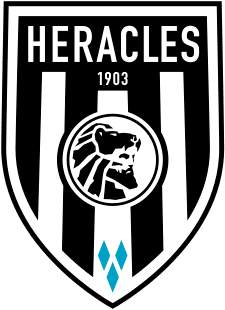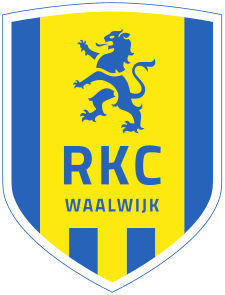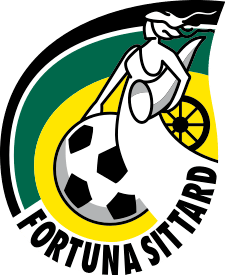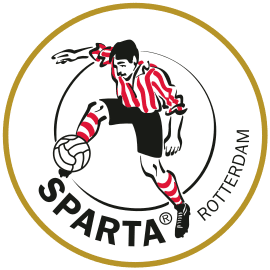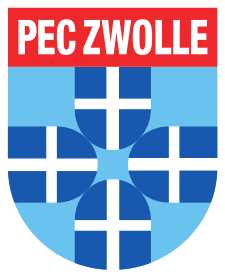SC Heerenveen Tryouts & Club Guide: History, Stadium, Players, and More!

Welcome!
Discover the world of soccer with fcscout.com, your go-to scout for club tryout information, club guides, player profiles, in-depth product reviews, and more. We’re dedicated to exploring and revealing the best in each domain, empowering you with knowledge to make informed choices.
Thank you for being here!
Hi, I’m Carlos! A coach, sports enthusiast, and the founder of FCScout.com.
I fell in love with the game at a very young age like many of you. I’ve been following and playing soccer for many years.
Throughout my career, I always enjoyed helping soccer players chase their dreams, which is why I started this website. I wanted to reach a larger audience outside of my local area and fcscout.com was born.
This website is a platform I will be using to update club pages on any tryouts, stadiums, players, tech, and more from clubs around the world. I also create free recruitment profiles for players looking to have that extra competitive edge when reaching out to clubs.
That’s it. That’s my pitch for you to stick around (or browse the site as you please).
This is already too much text for a “see more” drop-down button thing. If you want to reach out to me, head on over to my contact page 🙂

Sportclub Heerenveen is a Dutch football club from Heerenveen. They currently play in the Eredivisie, the top level of football in the Netherlands.
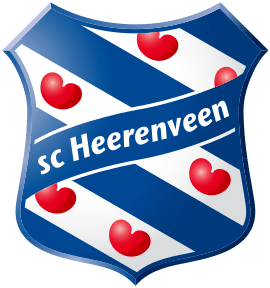
SC Heerenveen Youth Development System
The youth academy takes a leading role in football technically, with which sc Heerenveen can always let good players move on to the first selection. That flow is part of sc Heerenveen’s DNA: scouting, attracting, training and improving talents.

In recent years, many talents have also made their way from the youth academy to the first team, including Luciano Narsingh, Jeffrey Gouweleeuw, Hakim Ziyech (photo), Daley Sinkgraven, Pelle van Amersfoort, Jerry St. Juste, Michel Vlap, Kik Pierie, Arjen van der Heide and Rami Al Hajj.
Football School
PORTAL OF THE ACADEMY
As you know, Arjen van der Heide is part of the first selection of sc Heerenveen, but did you also know that he once started at the football school of the club? The football school is an important gateway to the youth academy: 77 percent of the current players in the sc Heerenveen academy started at the football school.

The football school is the gateway to the youth academy. The goal is therefore to put together our Under 11 selection from the football school and to supplement the Under 12 selection. In order to achieve this, the players who enter the football school receive optimal preparation.
Once a week
The players at the football school have been noticed by our scouts at their own association, who visit the fields of the northern amateur associations every week. Once at the football school, they receive training once a week at Sportpark Skoatterwâld. Throughout the season, youth players are given the opportunity to develop as a footballer.

Through the training sessions and tournaments at the football school, we see that all players are developing positively. The developments are closely monitored by the trainers and scouts who are active within the football school. Players who develop to this extent are eligible to be admitted to the youth academy.
SC Heerenveen Recruitment Trials
At the time of this writing, there is no official publishing’s on SC Heerenveen trials. Please come back at a later date while we monitor this club or click here to visit their official news section.
EXPLORE MORE CLUBS!
Explore more professional clubs by continent.
SC Heerenveen History
Athleta was the original name of Sportclub Heerenveen when it was established on July 20, 1920 in the city of Heerenveen, which is located in the province of Friesland. It was originally known as the Spartan, but in 1922 it became known as the v.v. Heerenveen. Heerenveen won three consecutive North of the Netherlands titles when the Netherlands were being occupied by Germany, and after World War II it went on to win the same title six times in a row; the club’s dominance can be partially attributed to the presence of Abe Lenstra.
During this time, Lenstra guided Heerenveen to a historic victory over Ajax in a match that would go down as one of the most significant in the annals of Dutch domestic football. Inexplicably, the Frisian side was able to come back from a 5–1 deficit with 25 minutes left to play and win by a score of 6–5. After the Dutch football league became professional, Lenstra left Heerenveen to join Sportclub Enschede. Shortly after his departure, the club he left was demoted to the Tweede Divisie.
The decline of Heerenveen’s regional dominance occurred during the 1950s. Heerenveen had climbed all the way up to the Eerste Divisie by the end of the decade, only to find itself demoted once more. The Frisian club won the Tweede Divisie in 1969–70, which allowed them to return to the Eerste Divisie. During the 1970s, the team came very close to gaining promotion to the top-tier Eredivisie during two different seasons.
By 1974, the club was experiencing financial difficulties, and on June 1, 1977, in order to assure its continued existence, it was divided into amateur and professional portions. The professional component of the club was later given the name sc Heerenveen.

In the 1980s, Heerenveen had two opportunities to go to the promotion playoffs, but they were both unsuccessful. It was not until 1990 that they were promoted to the Eredivisie, becoming them the first team in Frisia to achieve this feat. They did so at the expense of their close neighbors Cambuur. Foppe de Haan, a coach from Friesland, was responsible for the accomplishment.
Heerenveen’s first season in the Netherlands’ top division was not at all successful, and it was relegated, before returning in 1993. However, while they were still playing in the Eerste Divisie, the club made it all the way to the final of the KNVB Cup. Heerenveen advanced to the final of the KNVB Cup for the second time after moving into a new stadium that was named after their most famed player, the Abe Lenstra Stadion. This relocation came after the team had already established itself as a top-flight club. The competition for the cup was lost against Ajax in the semi-final match in 1998.
A decision match was necessary to fill in the vacant position for the following season’s UEFA Cup Winners’ Cup because both Ajax and the other finalist, PSV, had qualified for the cup final. The match was played to fill in the vacant spot. Heerenveen was forced to compete against Twente, the team who came in second place in the previous semi-final. Heerenveen won the match in which Ruud van Nistelrooy scored his farewell goal for Heerenveen.
The score of the match was 3–1. Heerenveen became frequent contenders in the UEFA Cup, and in the 1999–2000 season, they finished second in the Eredivisie, which was their highest finish ever. As a result, they qualified for the UEFA Champions League in the next season, which took place in 2000–01.

Riemer van der Velde served as president of the club for the longest period of time of any president of a professional club in the Netherlands, beginning in 1983 and ending in September of 2006. Heerenveen is one of the most financially secure clubs in the Eredivisie as a result of recent transfers that include players such as Klaas-Jan Huntelaar, Afonso Alves, Michael Bradley, Miralem Sulejmani, Petter Hansson, and Danijel Pranji (and earlier players such as Jon Dahl Tomasson, Marcus Allback, Erik Edman, Ruud van Nistelrooy, and Igor Kor Heerenveen is the only Eredivisie team with a budget that is secure from a financial standpoint, according to a report that was published in 2010 by the Dutch Football Association.
Heerenveen’s first major prize, the KNVB Cup, was taken home by the club while Trond Sollied was the manager of the club. Trond Sollied, on the other hand, was terminated from his position on August 31st, 2009 due to a poor start to the season and a disagreement with the board. After playing to a 2–2 tie in the championship match, the club won the Dutch Cup for the first time on May 17, 2009, when Gerald Sibon scored the penalty that proved to be the game-winning kick in the penalty shootout against Twente. On February 13, 2012, it was announced that Marco van Basten will take over as team manager for Heerenveen, succeeding Ron Jans, who had served in that capacity for Heerenveen for the previous two seasons.
SC Heerenveen Crest
The crest of the club insignia is a representation of the symbol that appears on the flag of the state of Friesland. The coat of arms from the 15th century served as the inspiration for the flag of Friesland. The several districts that make up Friesland are represented by the seeblatt forms and stripes.

Before each and every match played in the Dutch Eredivisie, the Frisian national song is played and sung as part of a custom that is exclusive to this league. This custom is not permitted to be practiced in European matches by UEFA. In spite of this, the supporters always sing the national song before each game.
SC Heerenveen Stadium
The Abe Lenstra Stadium, which first opened its doors in 1994 and now has a capacity of 26,100 spectators, is where the club plays its home matches. Before that, the team used to play at a field in another part of the town that bore the same name, but it was unable to keep up with the demands placed on it by the ever-growing popularity of the club.
Over the course of several years, the club devised a variety of strategies for further expanding the stadium. At least one of the side stands was going to be extended toward the playing field in the manner that is typical of English football grounds.

Those intentions, however, were scrapped because the league’s performance was getting worse and the team had little financial resources. It is impossible to say for definite if the club will ever put those plans into action. Heerenveen used to play their home games at the Sportpark Noord prior to moving to the Abe Lenstra Stadion.
It is widely believed that the high caliber of the club’s training facilities is one of the primary motivating factors for the organization’s policy of signing younger players. Skoatterwald Sportpark is the name given to the facilities that are used by the club. Both VV Heerenveen and sc Heerenveen have access to the facilities at all times (women).






